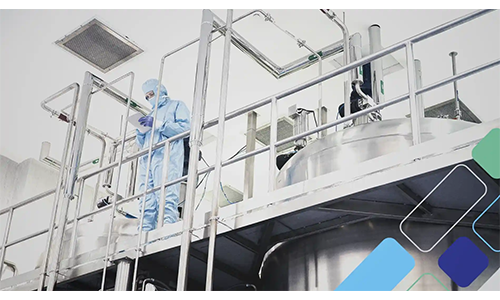Do a Google search on the words "zero harm," and the results that pop up are not entirely rosy despite what on the face of it sounds like a worthy workplace safety aim. While the concept has its proponents, it also has detractors. Critics suggest the concept can drive reporting underground or that a pure focus on zero accidents can be damaging.
Siemens Corp.'s Scott Kinderman acknowledged the ongoing debate about the words "zero harm" during a presentation at the Safety Leadership Conference, held earlier this month in Dallas. But, he asked, what happens if you add the word "culture" to the equation, as in "zero harm culture"?
"Then they are some really powerful words," said the manufacturing company's senior environmental health and safety advisor. Culture, Kinderman noted, is defined as "the cumulative deposit of knowledge, experience, beliefs, values and attitudes by a group of people."
Kinderman also is the U.S. program manager for Siemen's Zero Harm Culture (ZHC) program. He shared elements of the program with an interested group of safety professionals, emphasizing that culture change is a continuous journey, not a final destination.
The ZHC program Kinderman outlined is robust and includes a multiphase implementation plan as well as a multipronged maturity model. Participation in the program is also a requirement within the company, and Siemens awards a "Zero Harm Culture @ Siemens" label by geographic region when certain elements and thresholds of the program are met. The United States achieved the ZHC label in 2018.
That said, the ZHC principles are few and straightforward: 1. Zero incidents (It's achievable) 2. Health and Safety (no compromise) 3. We take care of each other.
Teams and training are strongly emphasized in the Zero Harm Culture process. Kinderman highlighted several ZHC actions at the company's Spartanburg, South Carolina, plant, where about 500 employees do metal fabricating, powder painting, made-to-order assembly and more. This site began the ZHC process in late 2016.
For example:
- During the implementation process, the ZHC team (primarily hourly workforce operators) discovered unease with training at the site and, thus, opportunities to improve in that area. That unease translated to several actions, including getting a training coordinator role filled, establishing a standardized training process with an emphasis on new hires and developing a tech center to provide a controlled environment for learning.
- New plant leadership was supportive of the process, implementing an open-door policy and raising the visibility of the ZHC team.
- The Spartanburg site held a month-long "Safety Palooza," a month-long competition to identified hazards. More than 1,300 hazards were discovered (and ultimate addressed).
- The site implemented a recognition program to salute employees who go above-and-beyond minimum safety requirements.
The Spartanburg site has shown improvements in safety performance with the introduction of the Zero Harm Culture, Kinderman said as well as showed via several slides. Indeed, it was even selected as one of the U.S. validation sites for "Zero Harm Culture @ Siemens" label program.
Nevertheless, ZHC was not immediately embraced in Spartanburg. It took about 12 months before "people started to believe it was not a flavor of the month," Kinderman said.
Moreover, "they still have a way to go and they know it," he added.
Of course they do. ZHC is a journey.










































































